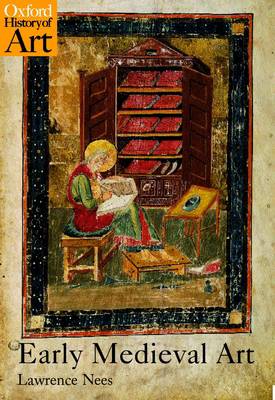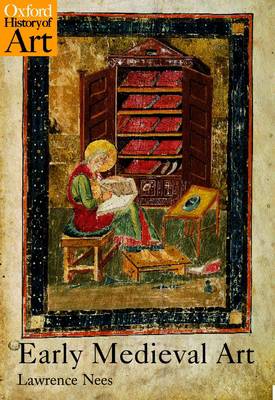
- Afhalen na 1 uur in een winkel met voorraad
- Gratis thuislevering in België vanaf € 30
- Ruim aanbod met 7 miljoen producten
- Afhalen na 1 uur in een winkel met voorraad
- Gratis thuislevering in België vanaf € 30
- Ruim aanbod met 7 miljoen producten
Zoeken
€ 34,45
+ 68 punten
Omschrijving
In the first millennium, a rich and distinctive artistic tradition emerged in Europe. Early Medieval Art explores this tradition and tracks its development from c. 300 AD through c. 1000 AD, revealing forms of artistic expression ranging from brilliant illuminated manuscripts to decorative chairs, rich embroidery, and precious metalwork. Nees explores issues of artist patronage, craftsmanship, holy men and women, monasteries, secular courts, and the expressive and educational roles of artistic creation. Instead of treating early Christian art in the late Roman tradition and the arts of the newly established kingdoms of northern Europe as opposites, he adopts a more holistic view, treating them as different aspects of a larger historical situation. This approach reveals the onset of an exciting new visual relationship between the church and the populace throughout medieval Europe. Moreover, it restores a previously marginalized subject to a central status in our artistic and cultural heritage.
Specificaties
Betrokkenen
- Auteur(s):
- Uitgeverij:
Inhoud
- Aantal bladzijden:
- 272
- Taal:
- Engels
- Reeks:
Eigenschappen
- Productcode (EAN):
- 9780192842435
- Verschijningsdatum:
- 18/07/2002
- Uitvoering:
- Paperback
- Formaat:
- Trade paperback (VS)
- Afmetingen:
- 168 mm x 239 mm
- Gewicht:
- 653 g

Alleen bij Standaard Boekhandel
+ 68 punten op je klantenkaart van Standaard Boekhandel
Beoordelingen
We publiceren alleen reviews die voldoen aan de voorwaarden voor reviews. Bekijk onze voorwaarden voor reviews.











